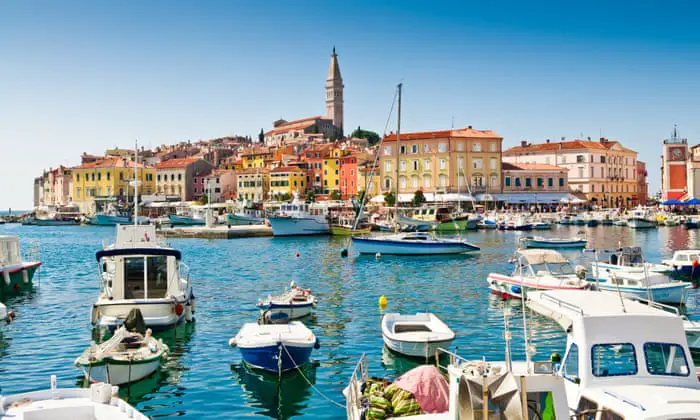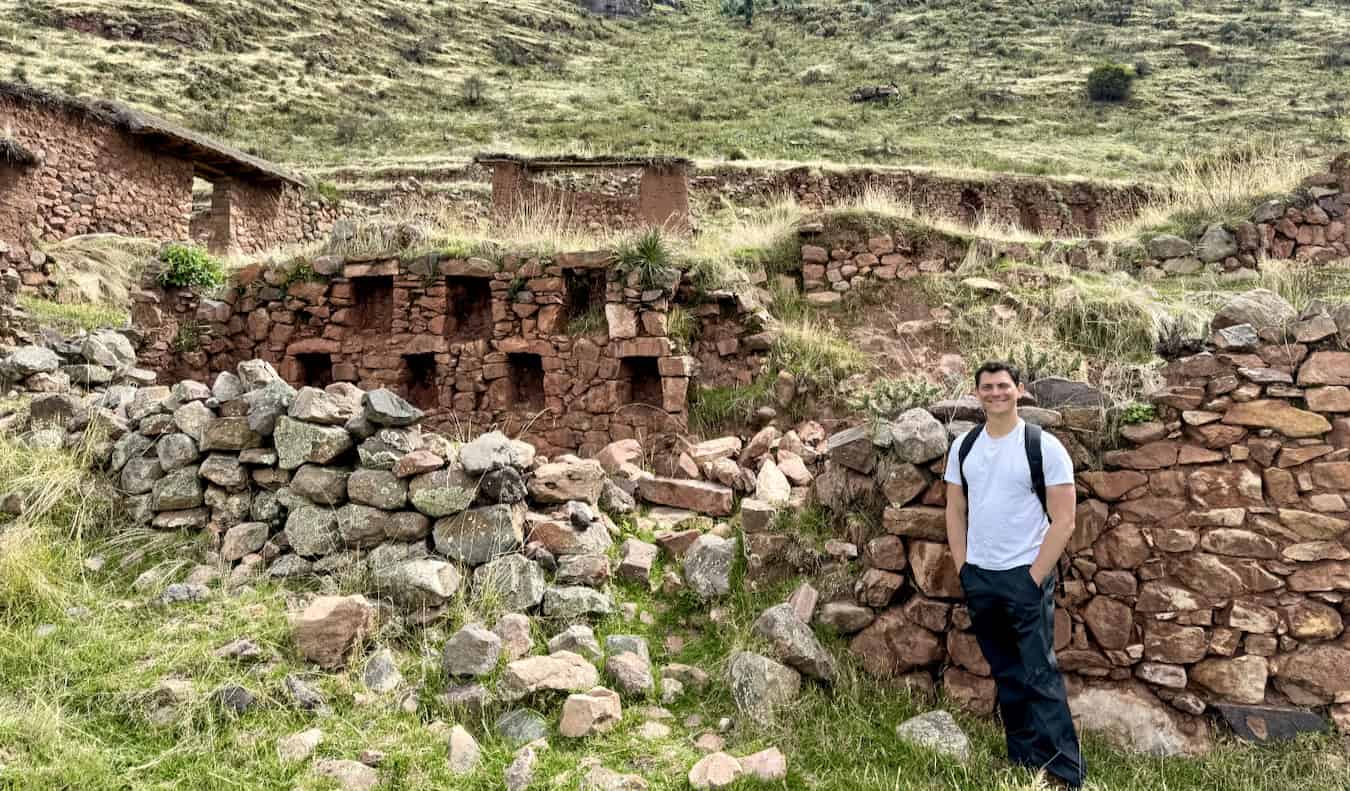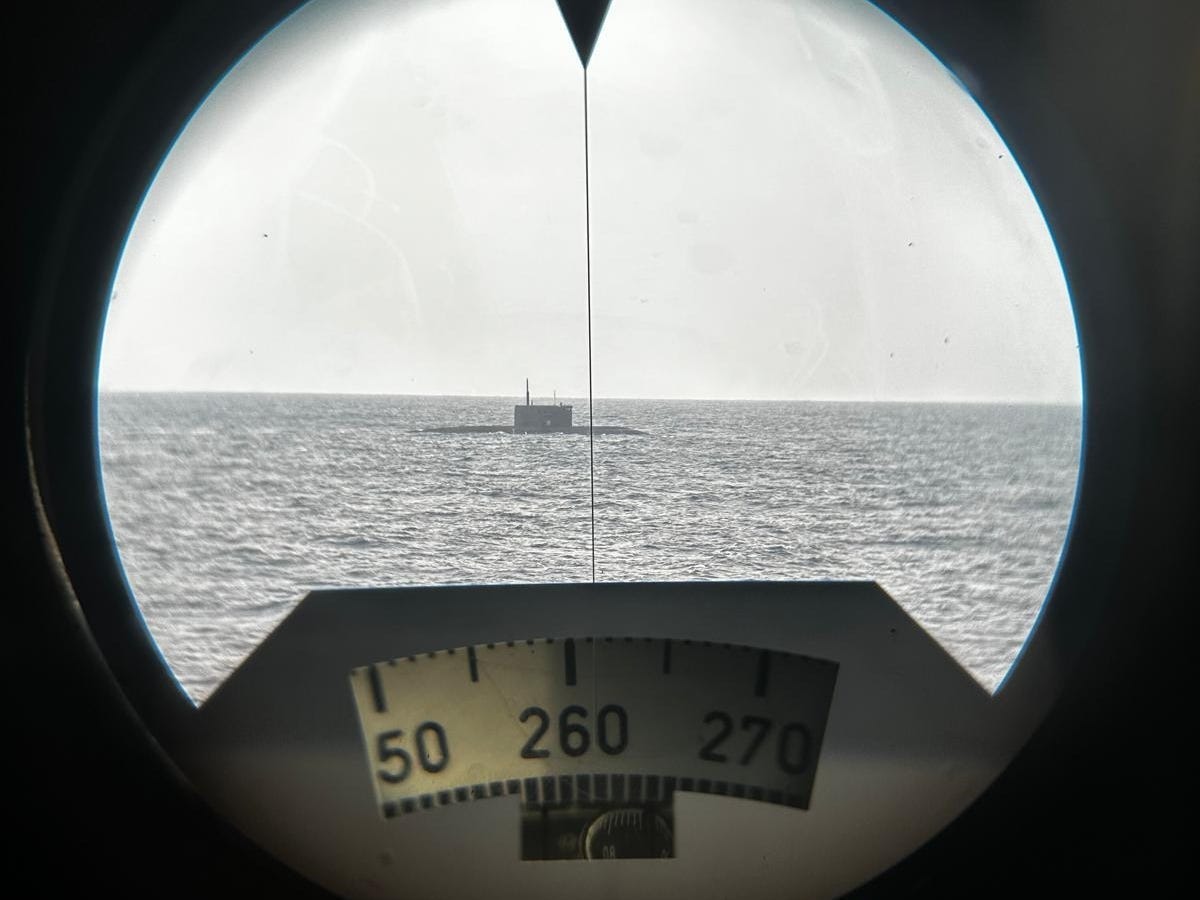
Once seen, never forgotten. Croatia’s fabulously beautiful coast and islands (1,246 to be precise) – with their rocky coves, iconic beaches, historic towns and gorgeous sunsets, all surrounded by some of the most breathtakingly blue waters imaginable – are places that stay in the mind, and they have a habit of luring you back.
Rovinj in Istria is one of the most instantly recognisable towns on the Croatian coast, its narrow streets and colourful facades climbing upwards to a soaring bell tower, modelled on that of St Mark’s Basilica in Venice. Travel north just a little and you’ll reach Poreč, home to Unesco-listed Byzantine mosaics to rival those in Ravenna or Istanbul – or south to Pula, with its magnificently preserved Roman amphitheatre. For a peaceful oasis set among some of the country’s finest vineyards, head just five miles inland from the sea walls of Novigrad to Brtonigla.
The Kvarner Gulf wraps around the islands of Krk, Cres and Lošinj, its shores home to the Habsburg grandeur of Opatija, and the bijou foodie enclave of Volosko, its restaurants clustered around a small fishing harbour. Rijeka, a former European capital of culture, is still the great underrated gem of the north, home to intriguing bars and always at the forefront of Croatia’s alternative music scene. It also has one of the best new museums in Croatia, housed in a restored sugar refinery.
For one of the best beaches in the northern Adriatic, look to Vela plaža, the great sweep of sand at Baška on the island of Krk. Lined by beach bars, it’s enclosed between the arms of low, rocky hills – etched with a spidery network of dry-stone walls, with some of the best hiking on the Croatian islands.
When it comes to Croatia’s legendary summer festivals, the two main spots are the clubbing mecca of Zrće beach on the island of Pag, and Tisno, between Zadar and Šibenik. Standouts include the massive Hideout at Zrće, and Hospitality on the Beach in Tisno.
Zadar sits on the central Dalmatian coast, its long waterfront promenade marked by the gently sighing sounds of the Sea Organ, and the flickering lights of the Greeting to the Sun installation – arguably the most outrageously beautiful sunset spot on the Adriatic, overlooking starkly silhouetted islands and water turned to liquid gold. Stroll along Kalelarga, linger over a coffee on the Roman Forum, and dive into narrow, buzzy backstreets packed full of bars. Visit nearby Nin for a further dose of history – Croatia’s medieval kings were crowned here – or if you’re hankering after the great outdoors, Zadar is within easy striking distance of Paklenica and Krka national parks.
The ancient city of Split is both a destination in itself and the gateway to the central Dalmatian islands. At its heart lies the Unesco-listed Roman palace of Diocletian – a 2,000-year-old ruin melded into the fabric of the medieval and modern city. It’s a place like no other, its labyrinthine streets and alleys a neverending succession of twists and turns, cafes, bars and sleepy cats, punctuated by courtyards and squares, and fragments of antique sculpture.
Jump on a ferry to Brač, Hvar, Vis, Korčula or beyond. Croatia’s most iconic beach, and one of the most beautiful in the Mediterranean, Zlatni Rat lies on the south coast of Brač – a long spit of pale sand stretching out into the turquoise waters of the Adriatic. For a more off-the-beaten-track experience, head inland just a short way, and you’ll find the island becomes much more rural.
Hvar is the perennial island favourite, its old town square a perfect spot to sip sundowners, its scattering of offshore islands one of Croatia’s greatest partying hotspots. For a different side of Hvar, head to Stari Grad Plain – an area of olive groves and vineyards where the pattern of land use remains almost unchanged since the ancient Greeks were here nearly 2,500 years ago – or to Sv Nedilja, where the island’s best wines are produced below steep cliffs. Hike or bike to the summit of Sv Nikola for staggeringly good views which, on a clear day, stretch all the way to Italy.
Korčula is home to deliciously crisp white wines, and an extraordinary walled medieval town to rival Dubrovnik. In Ston, near the base of the Pelješac peninsula, enjoy Croatia’s best oysters, and explore some of the longest defensive walls in Europe.
And then there’s Dubrovnik, quite simply one of the most beautifully preserved medieval cities anywhere on the Mediterranean. Along with the massive walls and towers, the museums and monasteries and the incredible feeling of history, allow time to duck beneath the walls to one of the small bars on the rocks, just above the waves. Join a kayaking tour and explore the surrounding coast up close, or for Dubrovnik’s ultimate sunset views, take the cable car up to Mount Srđ.
Finally, summers are long on the Adriatic, so there’s plenty of room to go off season and still catch the sun, meaning quieter beaches and lower hotel prices – Dalmatia in October is just beautiful. So what are you waiting for? Head to Croatia for the time of your life.
Find out more by visiting croatia.hr






